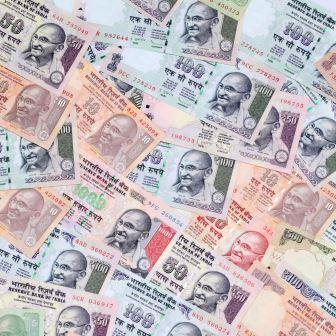 The US government’s move on imposing sanctions on Iran shot-up the Asian benchmark, Brent crude oil to 4-year high, upsetting countries like India, which largely rely on imported oil.
The US government’s move on imposing sanctions on Iran shot-up the Asian benchmark, Brent crude oil to 4-year high, upsetting countries like India, which largely rely on imported oil.
The US plans to impose sanctions ignited concerns over supply crunch as Iran is the OPEC’s third largest producer, contributing about three percent of the global oil output.
The Brent crude oil price in the Intercontinental Exchange (ICE) futures exchange recently hit a high of $86.74 a barrel.
Since hitting its lowest level of $27.10 a barrel in mid-January 2016, Brent crude oil has been on a recovery mode on expectations of upbeat global demand and supply worries.
Despite the trade standoff between the world’s top two economies, the commodity stayed largely insulated and continued moving higher.
OPEC and other top producers have been limiting their oil output by 1.8 million barrels per day since last year with a view to reduce global supply glut and lift prices, and this had a significant bearing on the oil market.
Political instability in the major oil predicting nations like Venezuela and Libya too left a considerable impact on prices. Reports say oil production from Venezuela has halved in the last two years.
The US re-imposing sanctions on Iran over the nuclear deal will be effective by November 4. The US is pressurizing Iranian crude buyers to stop all energy dealings with the country by that date.
It is expected that the absence of Iranian oil would spur supply crunch as supplies from other top OPEC producers were already limited. India and China are the top two importers of Iranian oil.
However, the risk of supply shortage is now mitigated after reports from Saudi Arabia stated that the country would hike its production if the market needs. Saudi Arabia, the largest producer among the OPEC, can tap its spare production capacity to offset any such immediate shortage from Iran.
The output of the country is now at about 10.7 million barrels per day and they can use their spare capacity of 1.3 million barrels per day if needed. Higher US production and record output from OPEC’s second largest producer, Iraq may supplement to narrow the supply shortage later.
Moreover, as per reports, OPEC and its allies have now agreed to raise output after the US President urged the group to tame surging oil prices.
In the meantime, high overseas prices coupled with weak rupee lead to a sharp jump in domestic oil prices. A feeble currency is playing a major role in the domestic oil market. A fragile currency could lift the landed cost of commodities, which are imported into the country.
Indian oil prices jumped more than 40 percent since the start of the year, while its corresponding international prices gained only 20 percent during the period. The Indian rupee has weakened by about 17 percent since the beginning of this year.
Meanwhile, since we meet about 80 percent of our oil demand by imports, prolong bullishness in oil prices is likely to hit our economy.
Looking ahead, possibilities of more OPEC oil into the market and lackluster global demand is likely to weigh further on the upside potential of oil.
On the domestic side, weak currency may maintain pressure on local prices. Any sudden recovery in currency would tend to make price weak, else may continue the momentum.
First appeared in Moneycontrol
Posted: October 2018










